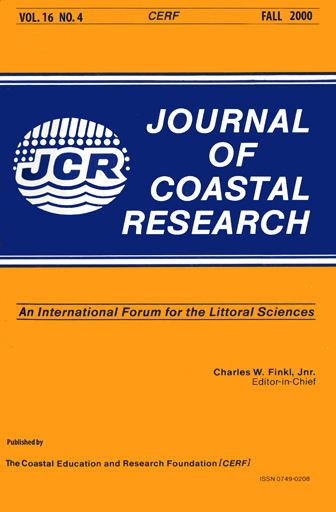Comparative Impacts of the 1982-83 and 1997-98 EI Nino Winters on the Central California Coast
Keywords:
ENSO, waves, sea level, storm damage, seawalls, coastal erosionAbstract
Although most indices suggest the 1997-98 El Nino-Southern Oscillation (ENSO) was more intense than the 1982-83 ENSO event, the coastline of central California sustained approximately $14 million in damages during the 1982-83 winter, more than double the economic impact experienced during the 1997-98 winter. We attribute the difference in coastal response to a combination of oceanographic and anthropogenic factors. During 1982-83, the large wave events tended to coincide with more southerly and higher velocity winds, increasing set-up along the shoreline and beach erosion due to offshore-directed flow. These large wave events also occurred during very high tides, causing the waves to break closer to shore and to strike the coast with more energy, increasing their impact on coastal structures and property. During the 1997-98 winter, however, the largest waves arrived during lower tides and coincided with lower wind velocities. The northwesterly winds reduced set-up along the shoreline and caused net onshore flow, decreasing wave impact. Another important factor contributing to the disproportionate damage between the winters was the higher percentage of shoreline that had been armored by 1997. Most areas significantly damaged in 1982-83 winter were protected by more substantial seawalls or revetments during the 1997-98 ENSO event. Improving the understanding of variations in coastal response to extreme storm events is essential to bolstering the resiliency of our coastal communities.


